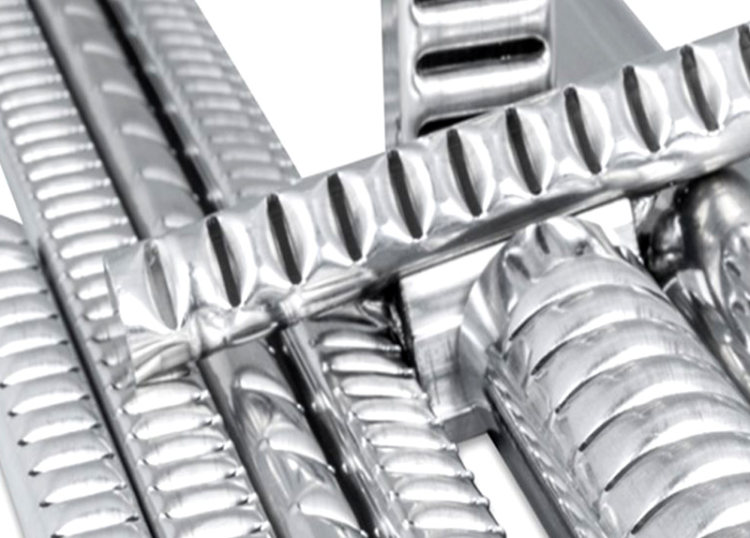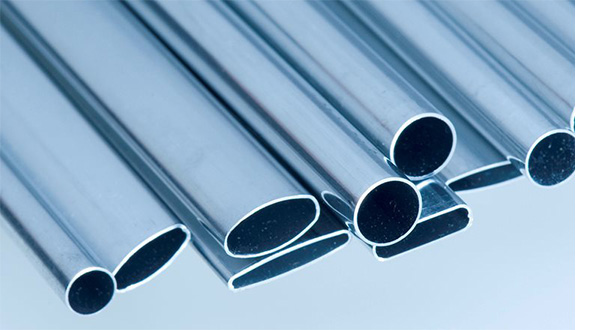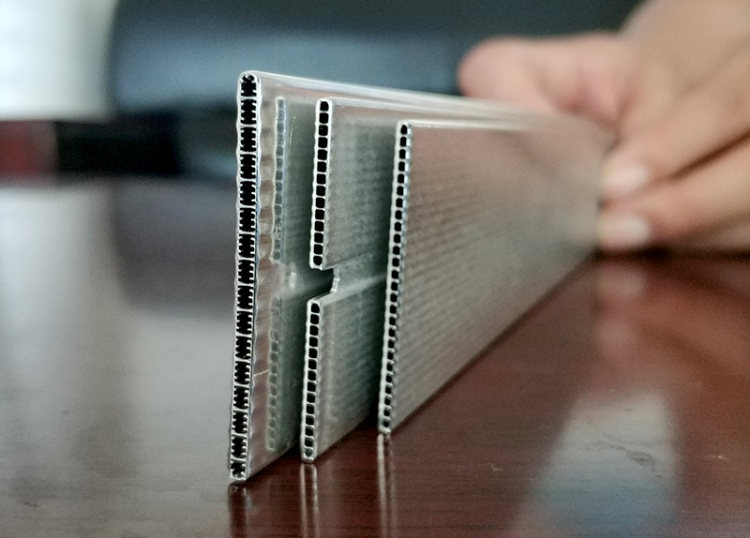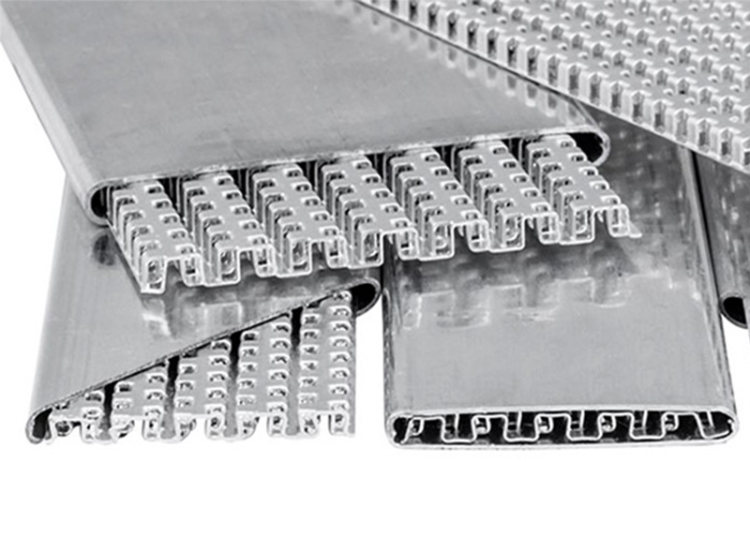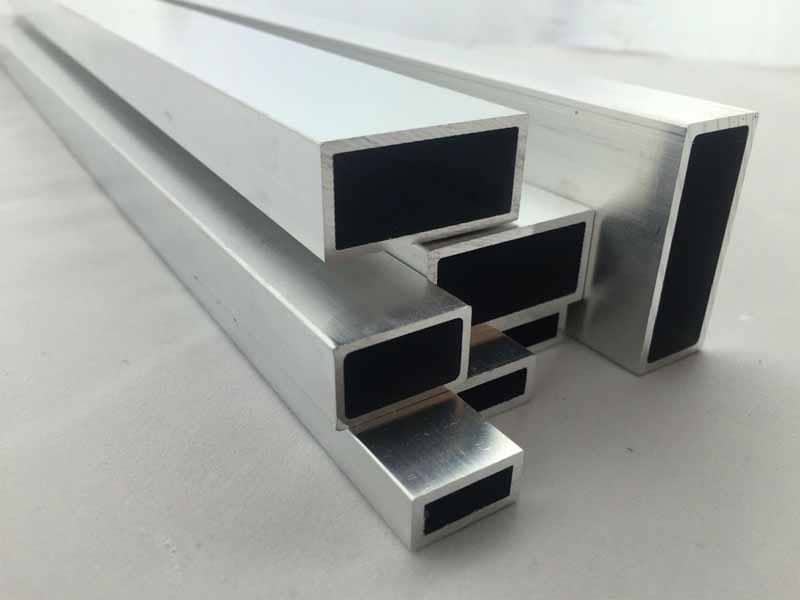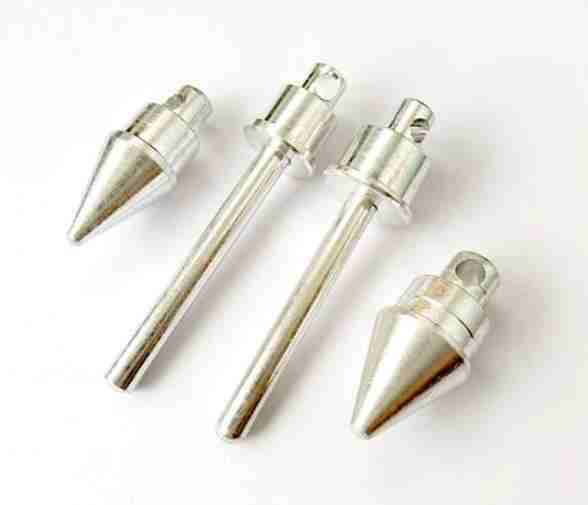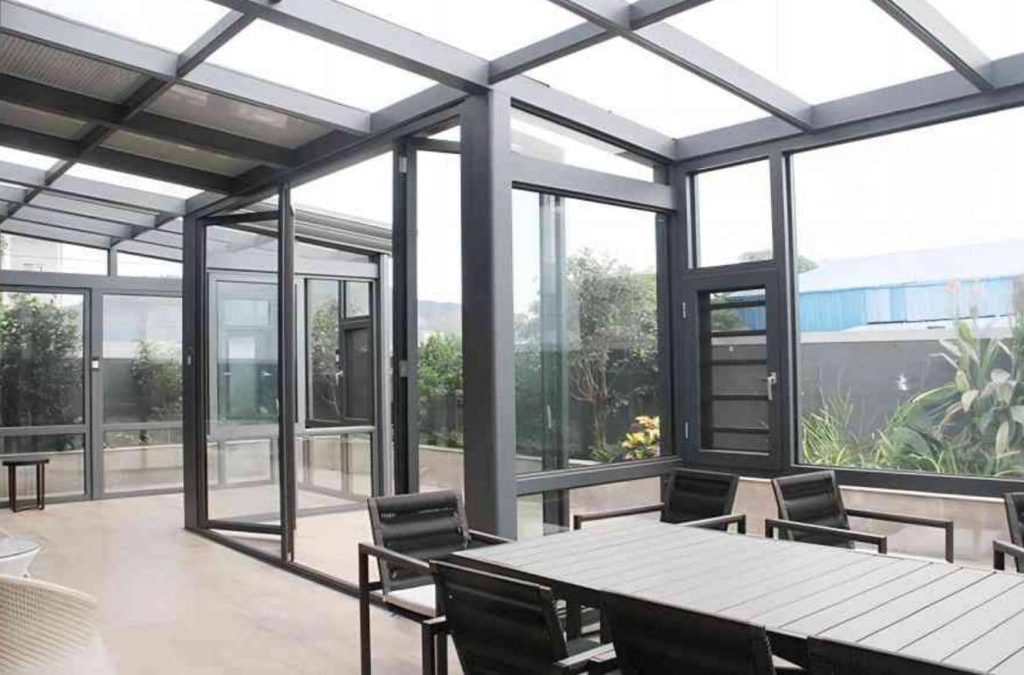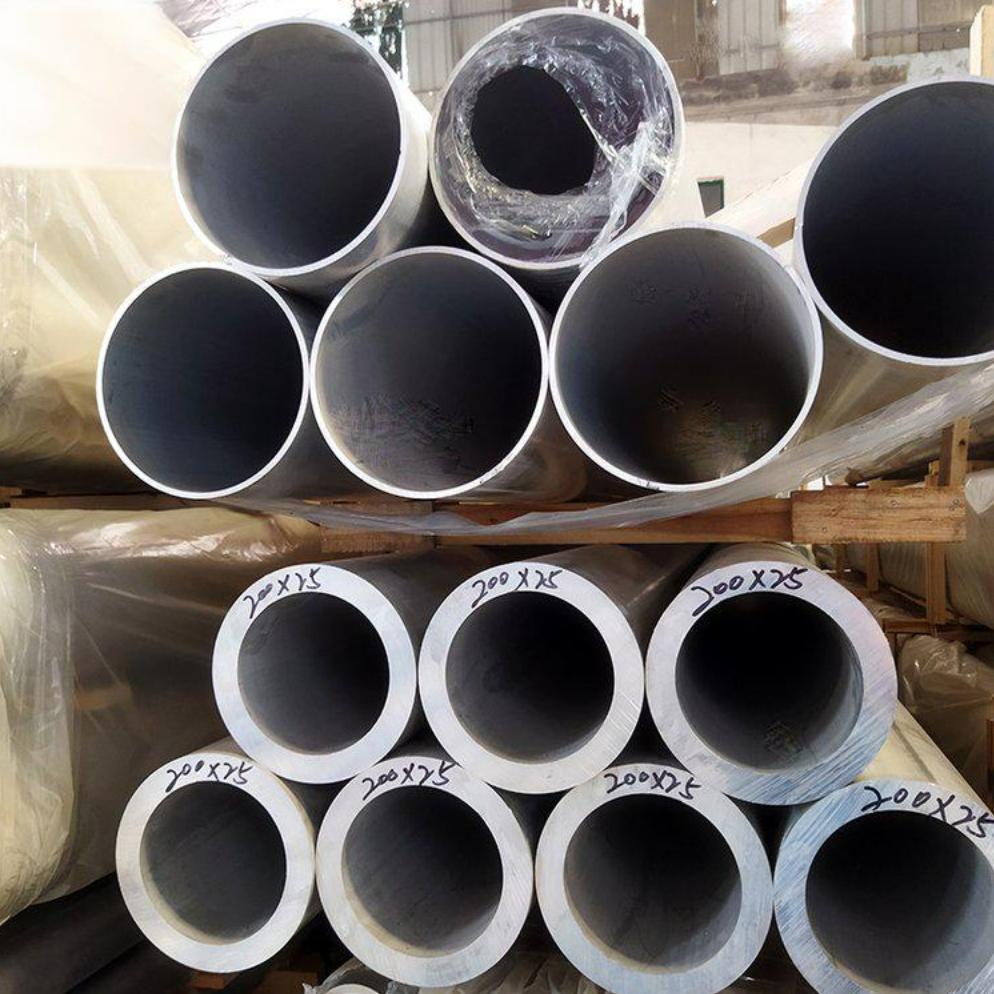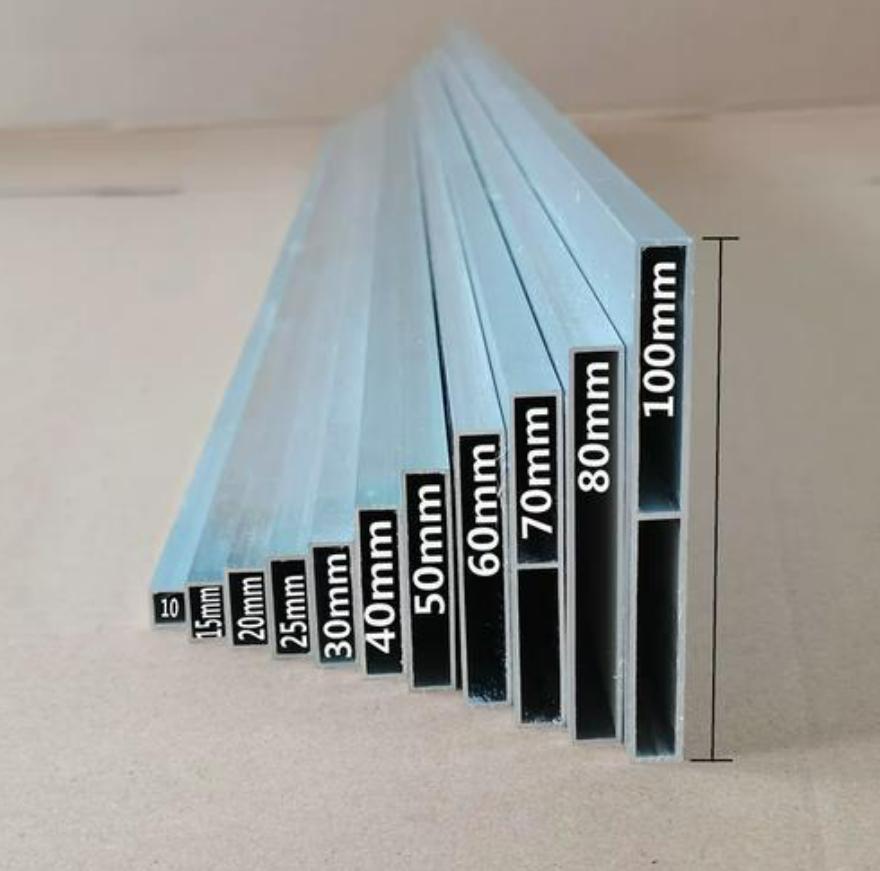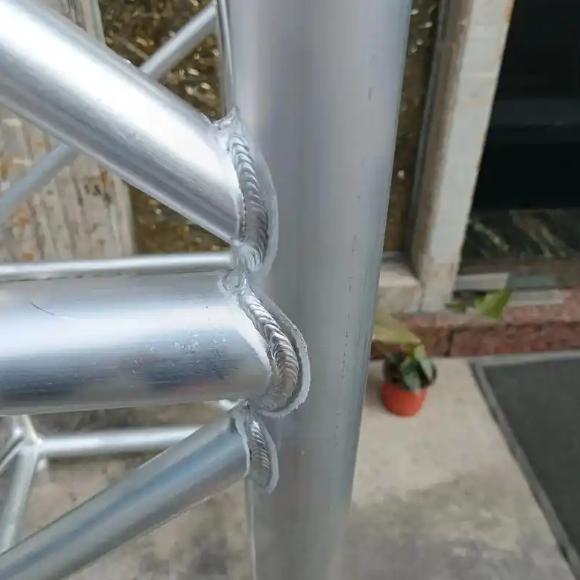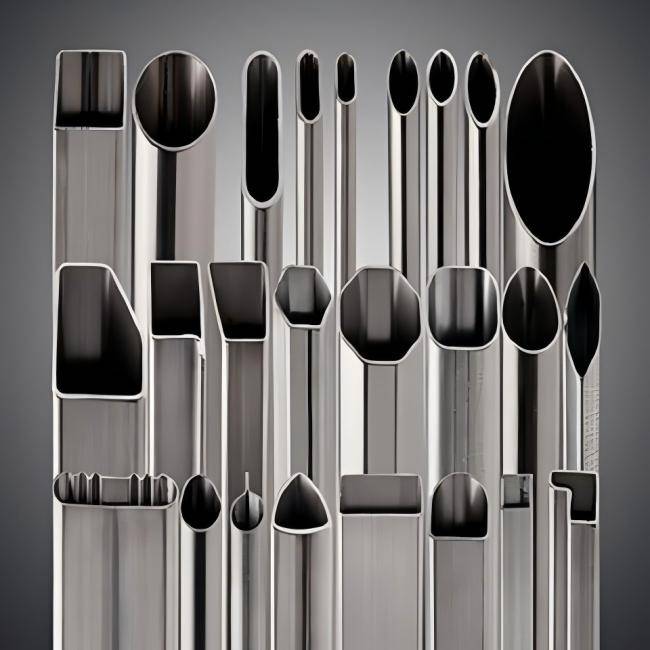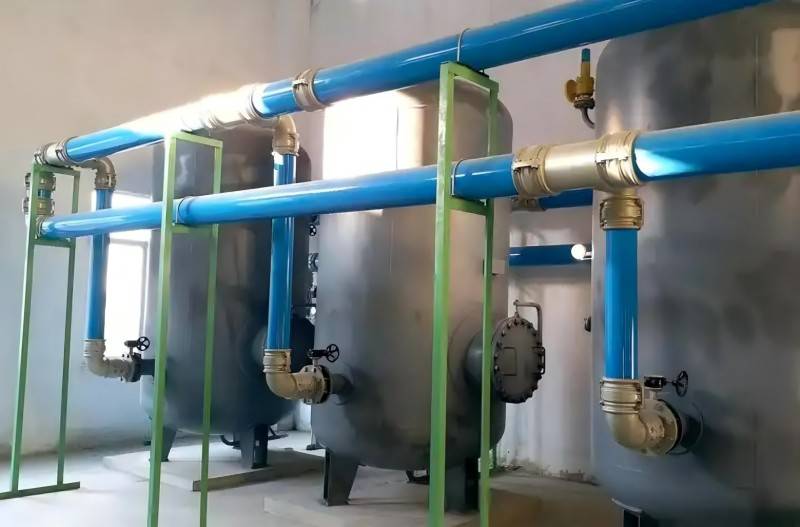In modern architecture, the materials chosen for construction and design significantly impact the strength, aesthetics, and sustainability of a building. Among these materials, structural aluminum tubing stands out as a versatile and efficient option. This article explores the role of structural aluminum tubing in architecture, discussing its main types and key applications that make it a preferred choice for architects and engineers.
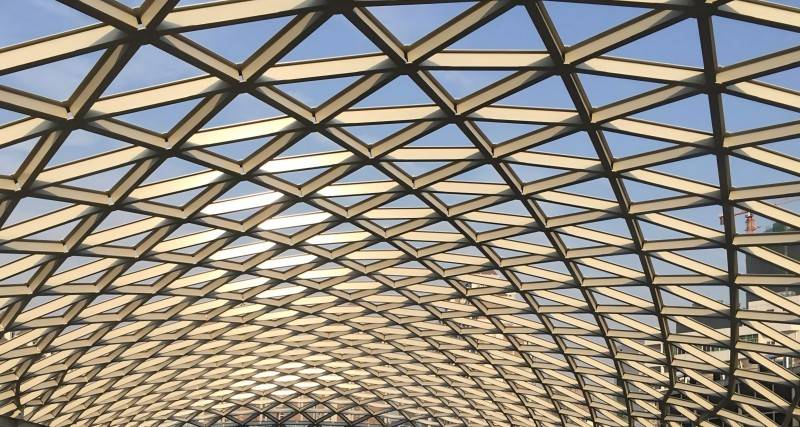
What is Structural Aluminum Tubing and Why Use It in Architecture?
Structural aluminum tubing is a form of hollow aluminum sections that are used to provide structural support and framework in various construction projects. It is typically made from high-strength aluminum alloys, which offer an excellent balance between strength, weight, and corrosion resistance.
Structural aluminum tubing is available in various grades, each tailored to specific applications based on the required strength, corrosion resistance, and other material properties. Here are some of the most commonly used grades:
- 6061 Aluminum: 6061 is one of the most versatile and widely used aluminum alloys. It offers good mechanical properties, excellent corrosion resistance, and is easily weldable. It is often used in applications where a combination of strength, machinability, and light weight is required.
- 6063 Aluminum: Known as the “architectural alloy,” 6063 offers excellent surface finish, good corrosion resistance, and medium strength. It is highly extrudable, making it ideal for complex shapes and profiles.
Why Use Structural Aluminum Tubing in Architecture?
- Lightweight Yet Strong: Aluminum tubing provides the necessary structural integrity without adding excessive weight. This makes it ideal for large structures where weight considerations are crucial.
- Corrosion Resistance: Unlike steel, aluminum does not rust, making it a durable choice for structures exposed to the elements, such as outdoor architectural features.
- Aesthetic Flexibility: Aluminum tubing can be easily shaped and finished to match various design aesthetics, whether sleek and modern or more traditional styles.
- Sustainability: Aluminum is highly recyclable, making it a sustainable choice in an era where green building practices are increasingly important.
Main Types of Structural Aluminum Tubing
When selecting structural aluminum tubing for architectural projects, it’s essential to understand the different types available, as each type offers unique properties suited to specific applications.
- Square Tubing: Square aluminum tubing is characterized by its equal-width sides and is commonly used for framing, support structures, and architectural features where a uniform appearance is desired. It provides excellent strength and is easy to work with, making it a popular choice in both structural and aesthetic applications.
- Rectangular Tubing: This type of tubing has varying width and height dimensions, offering different strength characteristics in each direction. Rectangular tubing is often used in window and door frames, curtain walls, and other structural elements where space constraints require a more compact yet strong material.
- Round Tubing: Known for its smooth, circular cross-section, round aluminum tubing is frequently used in railings, balustrades, and other curved architectural elements. Its shape allows for even distribution of stress, making it ideal for load-bearing applications where aesthetics are also a priority.
- Custom-Shaped Tubing: For more specialized applications, custom-shaped aluminum tubing can be fabricated to meet specific design requirements. This includes unique profiles and extrusions tailored to the aesthetic and functional needs of a project, such as intricate façade elements or bespoke structural components.
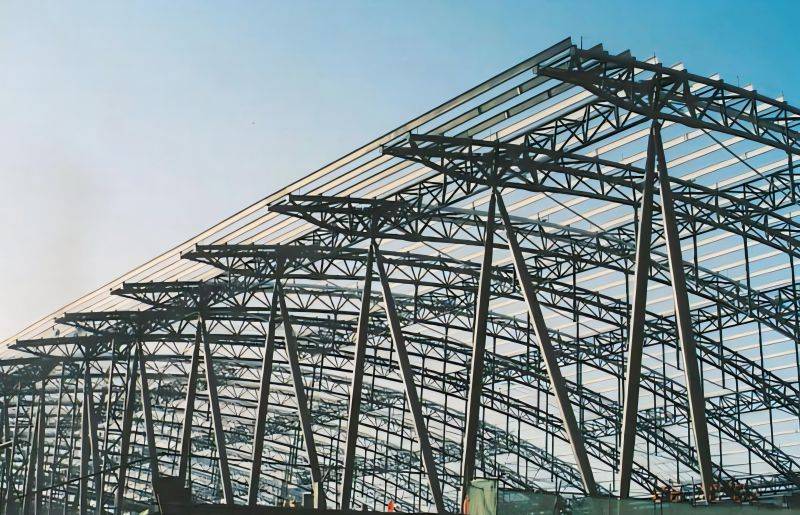
Key Applications of Structural Aluminum Tubing in Architecture
The versatility of structural aluminum tubing makes it suitable for a wide range of architectural applications. Here are some of the key areas where aluminum tubing is commonly used:
- Building Frameworks: Aluminum tubing is often used in the skeletons of buildings, providing the necessary support while allowing for innovative and lightweight designs. Its use in frameworks helps to create open, airy spaces with large spans and minimal support columns.
- Façade Systems: The aesthetic and functional properties of aluminum make it an ideal choice for façade systems, including curtain walls and cladding. Aluminum tubing can be used to create intricate patterns and designs, contributing to the building’s overall appearance while providing structural support.
- Railings and Balustrades: Safety features such as railings and balustrades often utilize round or square aluminum tubing due to its strength, durability, and visual appeal. These elements are essential in both indoor and outdoor spaces, ensuring safety without compromising on design.
- Roof Structures: Lightweight roof structures often rely on aluminum tubing for support. The material’s strength-to-weight ratio allows for the creation of expansive roofs with minimal support, making it ideal for modern architectural designs.
- Bridges and Walkways: In pedestrian bridges and elevated walkways, aluminum tubing offers a combination of strength and corrosion resistance, making it perfect for outdoor applications. Its use ensures longevity and reduces maintenance costs, particularly in environments where exposure to the elements is a concern.
- Sustainable and Green Building Designs: As architects increasingly prioritize sustainability, aluminum’s recyclability and energy efficiency make it a preferred material in green building designs. Structural aluminum tubing contributes to energy-efficient buildings, often being used in passive solar designs, shading systems, and other environmentally friendly architectural features.
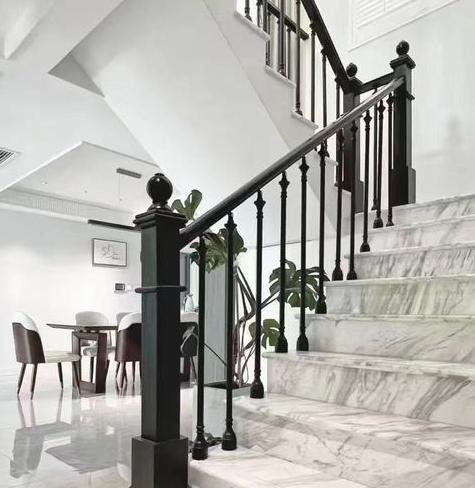
Conclusion
Structural aluminum tubing has become a cornerstone in modern architecture, offering a unique blend of strength, versatility, and sustainability. As the demand for lightweight, durable, and sustainable materials continues to grow, structural aluminum tubing will undoubtedly play a crucial role in shaping the future of architectural design. We have a wide range of structural aluminum tubing types that allow for tailored solutions to meet specific design and structural needs, please feel free to contact our experts for customization.



